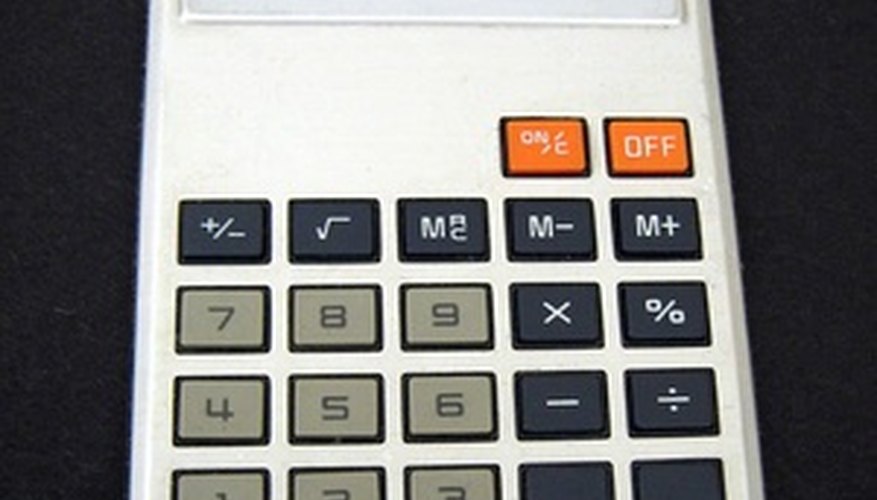Most potted plants are in pots shaped as hemispheres or cylinders. Determining the volume of a hemisphere allows a grower to calculate the amount of soil the pot will hold. The basic calculation for volume of a hemisphere is two-thirds times pi times the radius cubed, while the formula for cylinder volume is pi times the radius squared times the height.
Measure the radius of the pot. The radius of a hemisphere is from the bottom of the pot to the top of the pot. For example, a pot has a radius of 2 feet.
- Most potted plants are in pots shaped as hemispheres or cylinders.
- The radius of a hemisphere is from the bottom of the pot to the top of the pot.
Cube the radius of the pot. In the example, 2 cubed is 2 times 2 times 2, which equals 8.
Multiply the radius cubed by pi. Pi equals approximately 3.14. In the example, 8 times 3.14 equals 25.12.
- Multiply the radius cubed by pi.
- In the example, 8 times 3.14 equals 25.12.
Multiply the number calculated in Step 3 by two-thirds. In the example, 2/3 times 25.12 equals approximately 16.75 cubic feet.
Measure across the base of the pot. For example, the pot's base is 6 inches.
Measure the height of the pot from top to bottom. In this example, the pot's height is 11 inches.
Divide the base in half to calculate the radius of the pot. In the example, 6 inches divided by 2 equals a radius of 3 inches.
- Measure the height of the pot from top to bottom.
- In the example, 6 inches divided by 2 equals a radius of 3 inches.
Square the radius by multiplying the number by itself. In the example, 3 inches times 3 inches equals 9 square inches.
Multiply the radius squared by the height and pi to calculate volume of the pot. Estimate pi as 3.14. In the example, 9 times 11 times 3.14 equals a volume of 310.86 cubic inches.
